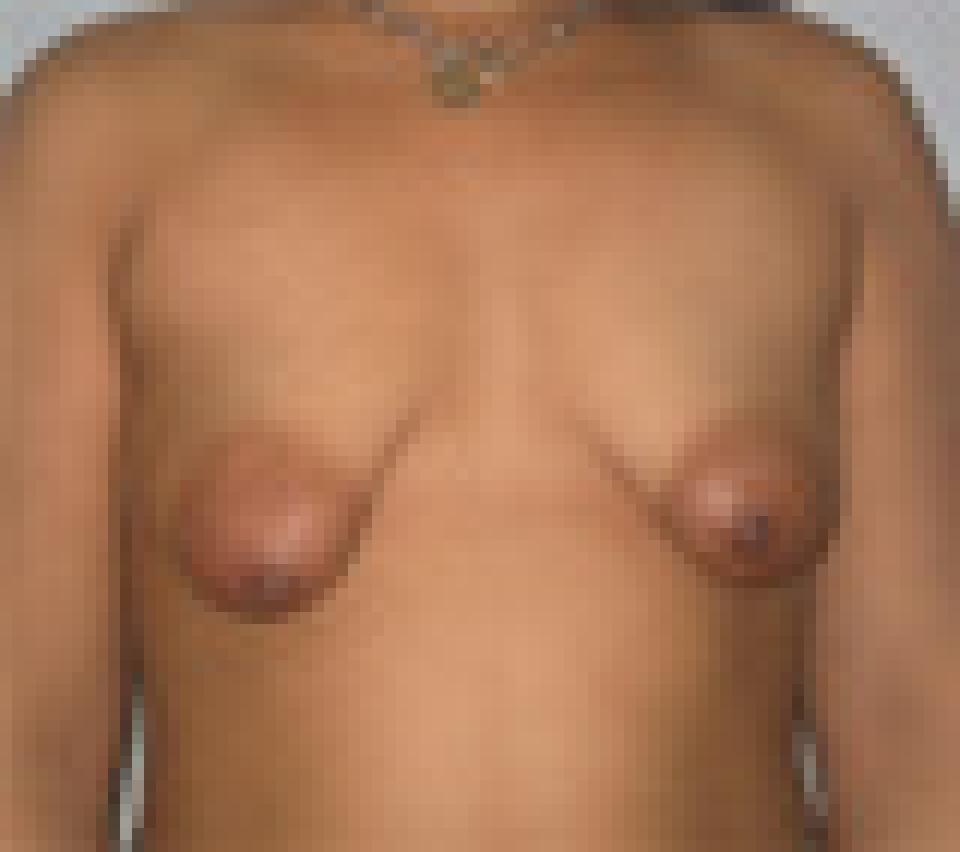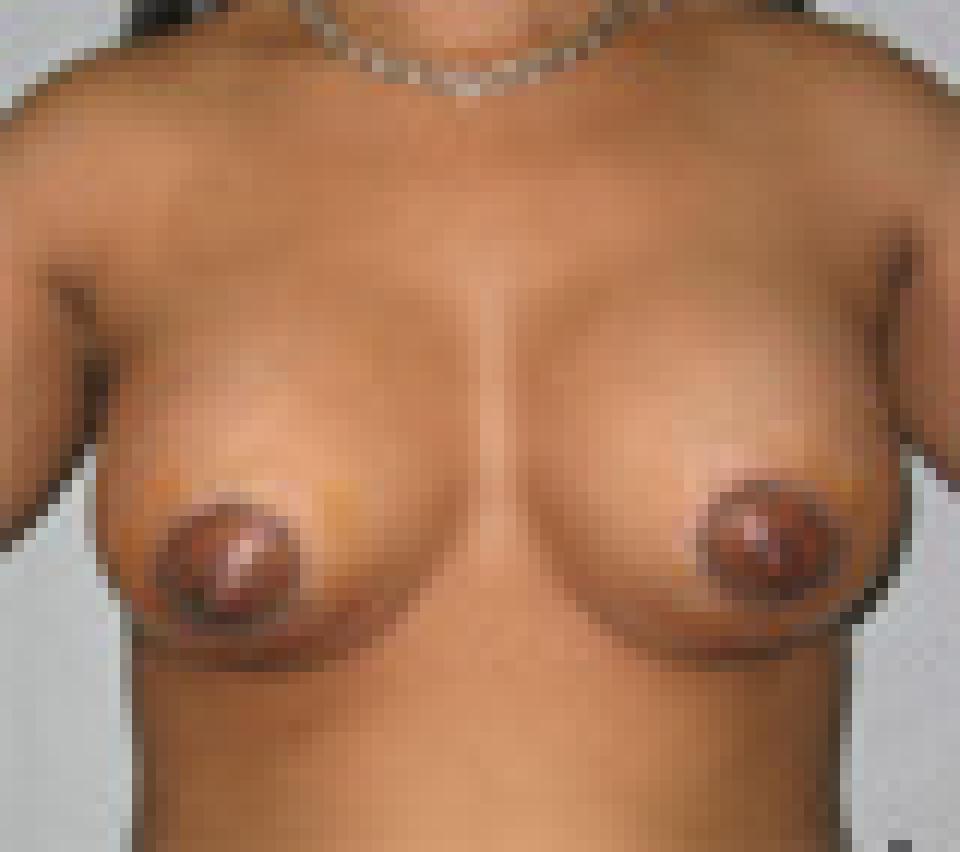Saline Implants
The object inserted is a prosthesis, that is, a foreign substance. The development of technique has been in part surgical, how to augment the breast with the least evidence it has been done, but also technological, how to leave foreign material in the body with no ill effects, short or long term.
The material contained in the saline implant is essentially innocuous, provided it is sterile. The saline is the body’s own fluid, and should the prosthesis leak or burst, the saline will do no harm, and saline filled prostheses have been in use in the USA since the '80’s. The concern then is the bag that contains the saline.
The saline containing bag has the advantage that it can be inserted uninflated through a minimal incision, and then filled through a self-sealing valve when in place. According to the patient’s preferences and the surgeon’s intentions, the shape of the prosthesis can be selected from a flattened sphere, a teardrop shape, or round; size is also a selectable decision.
The bag itself is made of rubberized silicone, called room temperature vulcanized (RTV) silicone elastomer, a material developed in the early 40’s by Corning Glass and General Electric for insulating electric motors. It has to pass the FDA requirements for implanting into the human body. No material exists that cannot be damaged, and although the bag is tough and deformable, it can be damaged at insertion, by subsequent rough handling, or either the bag or the valve may fail after a period of time. If failure should occur, the shape of the breast will be altered but there will be no untoward local reaction to the saline.
When in place, some patients have reported a sensation of “sloshing water” with movement, which is probably exactly what does happen; other patients, or their partners, report an unnatural hard feeling to the breast.
There is no such thing as an operation which does not have a potential for complications. The natural reaction of the body to any foreign material is to wall it off with fibrous (scar) tissue. An implanted prosthesis is liable to this reaction and to become tightly encapsulated by scar. This may be painful and may cause cosmetic distortion. Treatment is possible, though not always acceptable, by simple manual compression to break the capsule – it might also break the prosthesis! The alternative is an open operation to incise the capsule (capsulotomy) and/or remove/replace the prosthesis.
 before
before
 after
after
This case depicts a 30 year old woman who had undergone breast augmentation with 300 cc smooth, round saline implants placed above the pectoralis muscles via a periareolar incision by another surgeon approximately one year prior to her consultation with Dr. Belsley.
Her Grade IV capsular contracture was revised by exchanging her implants and placing the new 330 cc smooth, round saline implants below the pectoralis muscle and performing a vertical or "lollipop" incision breast lift. The post-operative photographs depict her appearance just under one year after her corrective surgery.
 before
before
 after
after
This case depicts a 24 year old woman with a tuberous breast deformity who underwent breast augmentation with 330 cc smooth, round, saline implants placed beneath the pectoralis muscles via a periareolar approach.
Her areolas were reduced simultaneously, necessitating an incision completely around the perimeter of the areola.The post-operative photographs depict her appearance at two weeks after surgery.
Dr. Belsley's Philosophy of Breast Augmentation
When it comes to deciding what approximate breast size you wish to achieve, the best advice I can give you is that you should be guided by your physical frame. Indeed, you may in fact be limited by it. In my practice, I select implants based upon your chest measurements, the quality of your breast skin and the size of your breasts prior to surgery.
I perform breast augmentation through a peri-areolar or inframammary approach and I place that vast majority of implants at least partially beneath the pectoralis muscle. My patients are welcome to select either saline or silicone filled breast implants. Silicone filled implants can in some cases achieve a more natural feel and may be a particularly attractive option for women with less breast tissue prior to surgery.
More >>Dr. Belsley's Philosophy of Breast Revision
I apply the same criteria to patients who have had their surgery elsewhere as I do to my own patients. I am typically reluctant to re-operate on a breast augmentation patient for minor issues, because each time one undergoes revision, many of the risks of surgery tend to be multiplied. This is why I spend a great deal of time discussing size preferences and the likely outcome of surgery with my patients pre-operatively. It is said frequently that the most common reason for re-operation of the breasts in women who have had breast augmentation surgery is that they wish to “go bigger.” Ultimately, I feel that this is a poor reason to undergo repeated surgical procedures that can only result in more scar tissue, which is unpredictable, and thinning of the native tissues, which are necessary to cover the implant and provide a natural looking result. I encourage patients to think carefully about the risks of revision in cases where there is not a major problem.
More >>